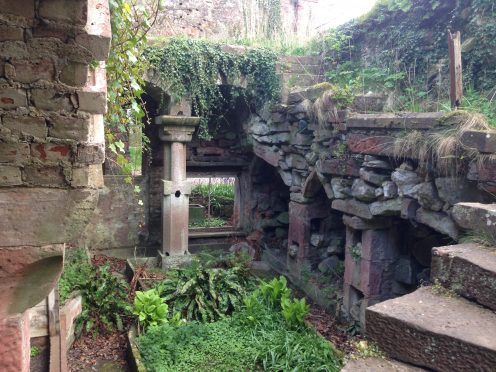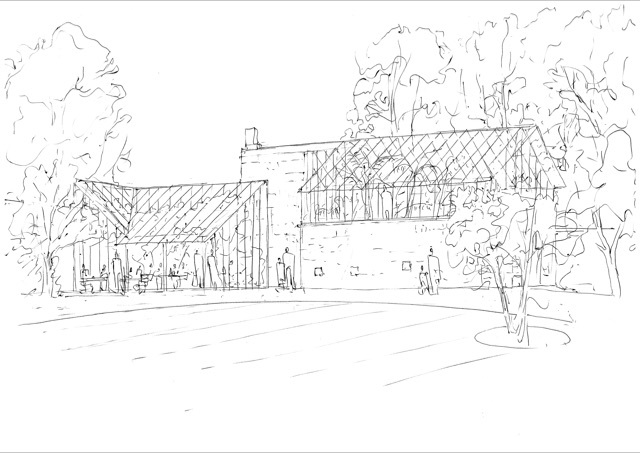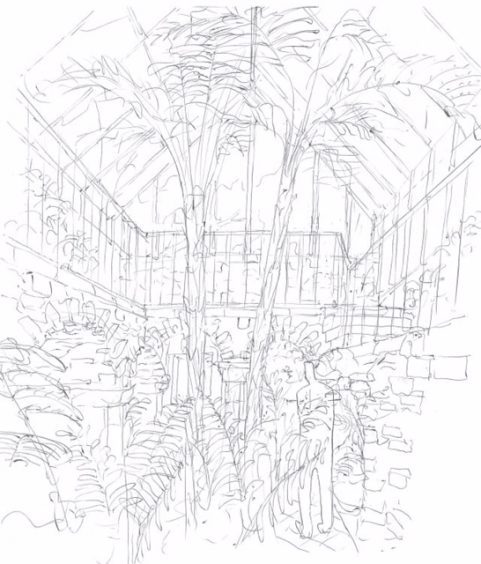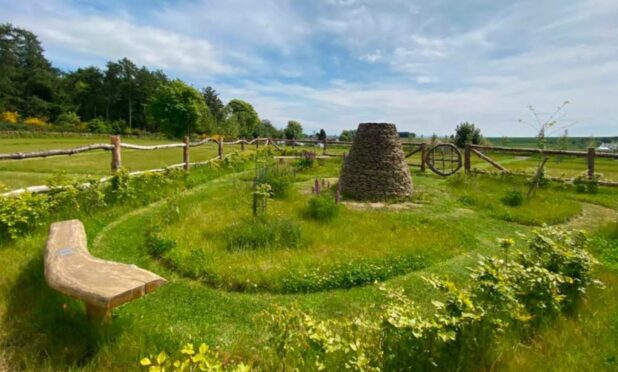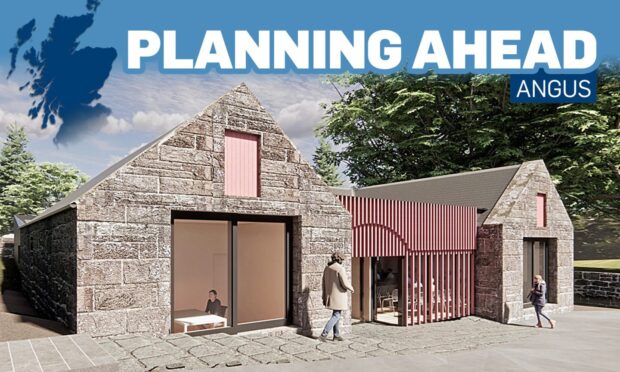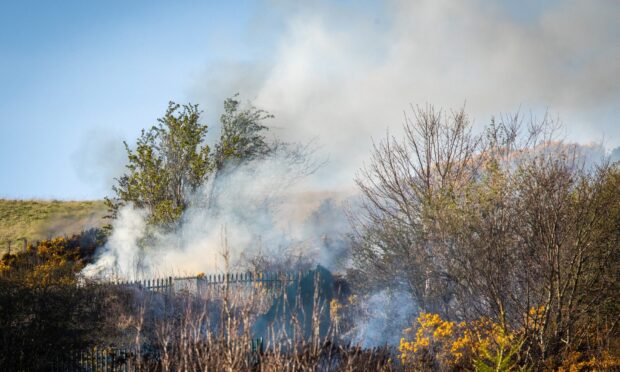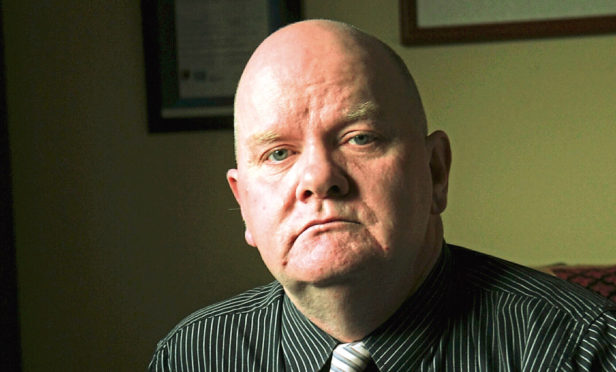An Angus arts centre has secured £1.25 million of funding to embark on the first phase of an ambitious project which includes bringing a 19th century fernery back to life.
The work at Hospitalfield in Arbroath will focus on replanting gardens in the grounds of the historic house, which were first set out by Benedictine monks in the 13th century.
Among the work will be the construction of the Glass House, which will contain a space for a meeting room and café, and the restoration of a Victorian fernery that was completed in the walled garden in 1870.
Collecting ferns was a Victorian craze and Hospitalfield was the site of the only fernery on the east coast of Scotland.
The original fernery will be reinstated with new plants with a glass structure over the site to protect the plants from the elements.
Hospitalfield director Lucy Byatt said: “After so much planning and focus on fundraising we are now ready to hit the ground running with this first stage of the capital project in early 2018.
“I very much look forward to working with the designers over the coming months and we aim to be on site by the end of the summer.
“We hope that work will start by September and the project will be completed and open to the public in summer 2019.
“Meanwhile we are continuing to raise funds for future phases of work which will support a dynamic future for Hospitalfield whilst also maintaining the superb history and heritage of the site.”
The garden has been designed by Nigel Dunnett who previously won a gold medal for his staged garden at Chelsea Flower Show and also designed a garden at Buckingham Palace.
Mr Dunnett said: “My aim for the design at Hospitalfield is to create a framework for exploration and discovery of the diverse histories and productive and symbolic uses of plants over the 800 years of the gardens’ existence, from their Medieval monastic origins through to the heights of Victorian exotica.”
The Heritage Lottery Fund awarded Hospitalfield £626,000 which matches grants from Creative Scotland, Historic and Environment Scotland the Garfield Weston Foundation and many other supporters.
Lucy Casot, head of the Heritage Lottery Fund in Scotland, added: “Surrounded by walls which were built 800 years ago, the gardens and fernery at Hospitalfield contain decades of horticultural history.
“We are delighted they will be restored and rejuvenated to provide a peaceful natural environment for therapy, learning and enjoyment.”
Future phases of work at Hospitalfield include restoring the main building and creating a new museum which would house the two valuable Pieter Brueghel the Younger paintings that are currently on display at Arbroath Library.
The Glass House and the other new buildings have been designed by Sterling prize winning architects Caruso St John, who are conducting their first project in Scotland.
Crazy about ferns
There was a craze for ferns in Victorian Britain with the fern motif appearing on everything from christening presents to gravestones.
Collecting ferns was a fashionable pursuit and dealers sourced the plants from around the world.
More expensive varieties, from New Zealand, cost the equivalent of £1,000 a plant.
The hobby was so widespread that it was even given its own term — pteridomania.
In the 1860s more than 60 books were written about ferns.
There was also a rash of fern-related felonies which prompted a string of prosecutions as private land was plundered in search of rare specimens.
